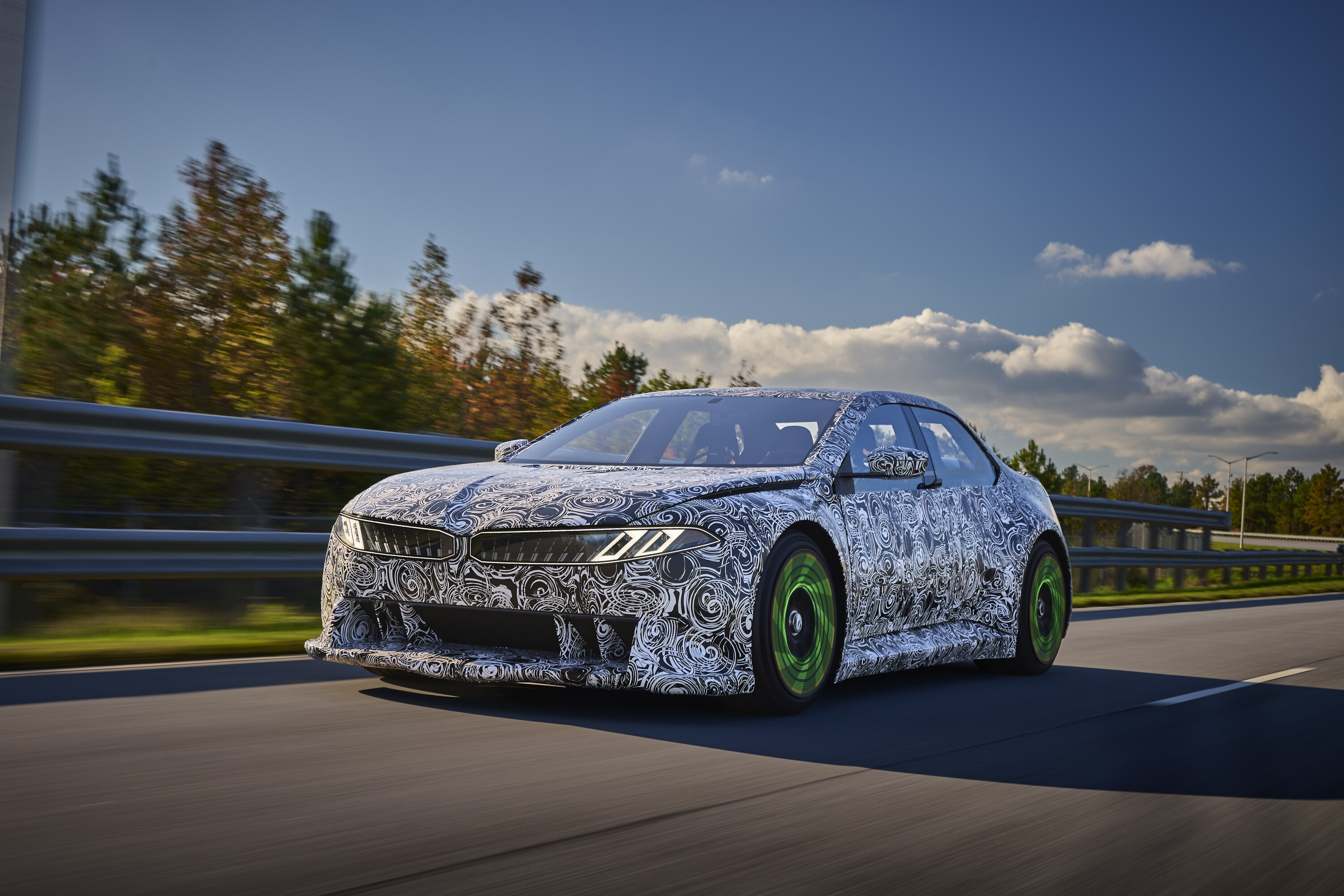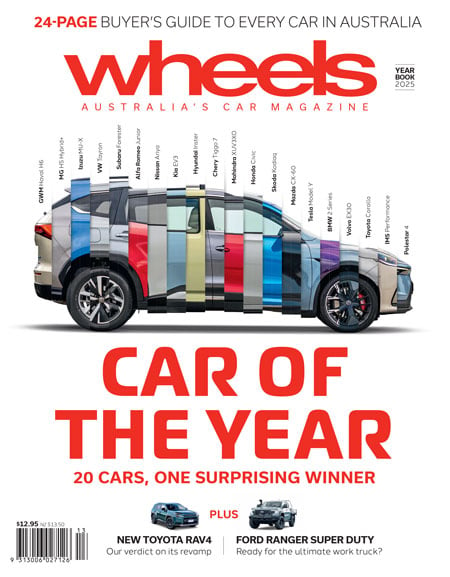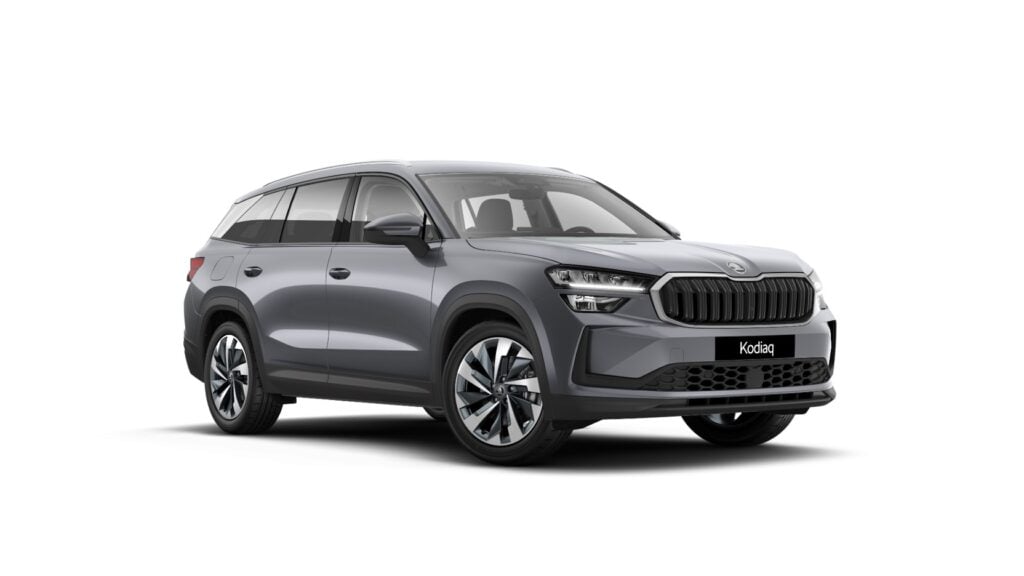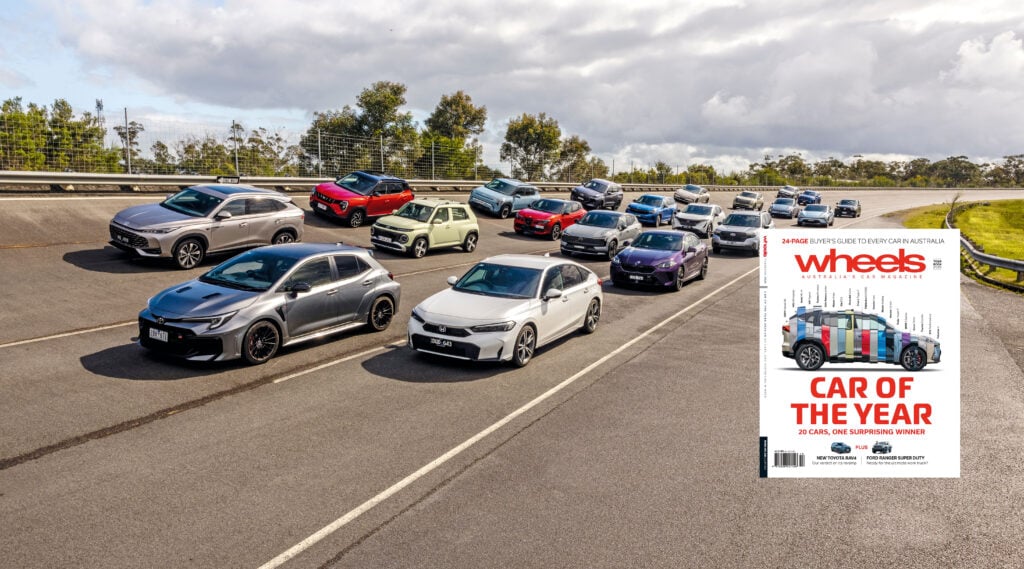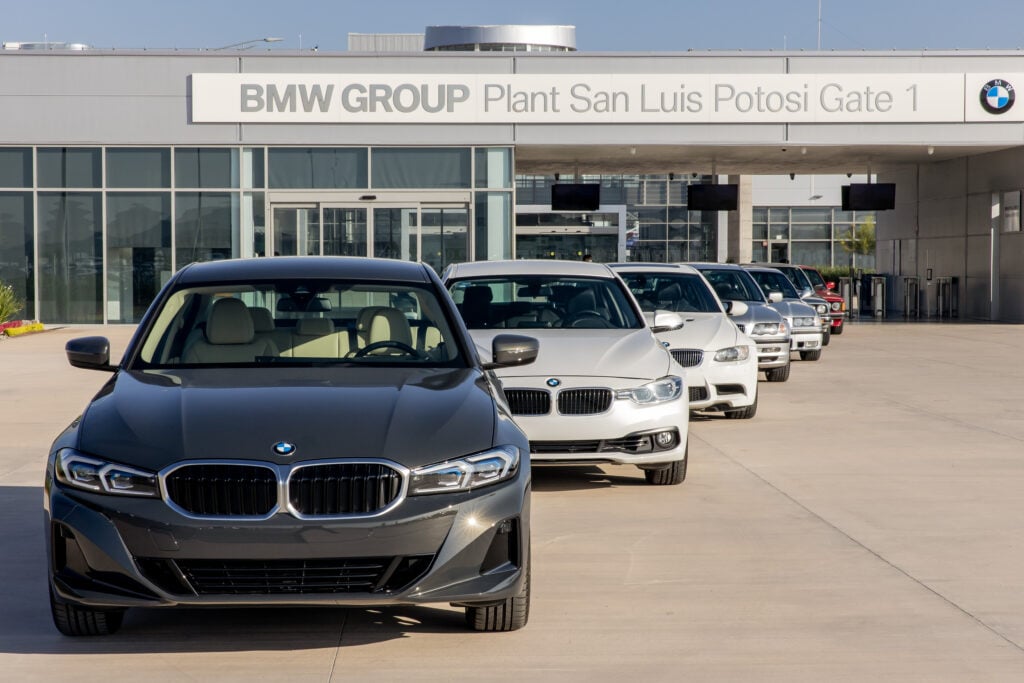A new BMW M3 remains a genuine event. While most of us are media-saturated these days to the extent that we barely looked up when the latest version of the 911 GT3 was announced, BMW is planning the biggest change to the M3 formula to date, and it’s something that certainly got our attention.
The big news that you probably knew already is that because it’ll be built on the Neue Klasse chassis, it’s a pure battery-electric vehicle. Yet BMW, as has been their strategy to date, is hedging and has vowed to follow it up with a twin-turbo six-cylinder petrol version.
BMW recently displayed the Vision Driving Experience, a prototype that acts as a mobile test bed for much of the tech that will end up in the Neue Klasse, which is due next year.
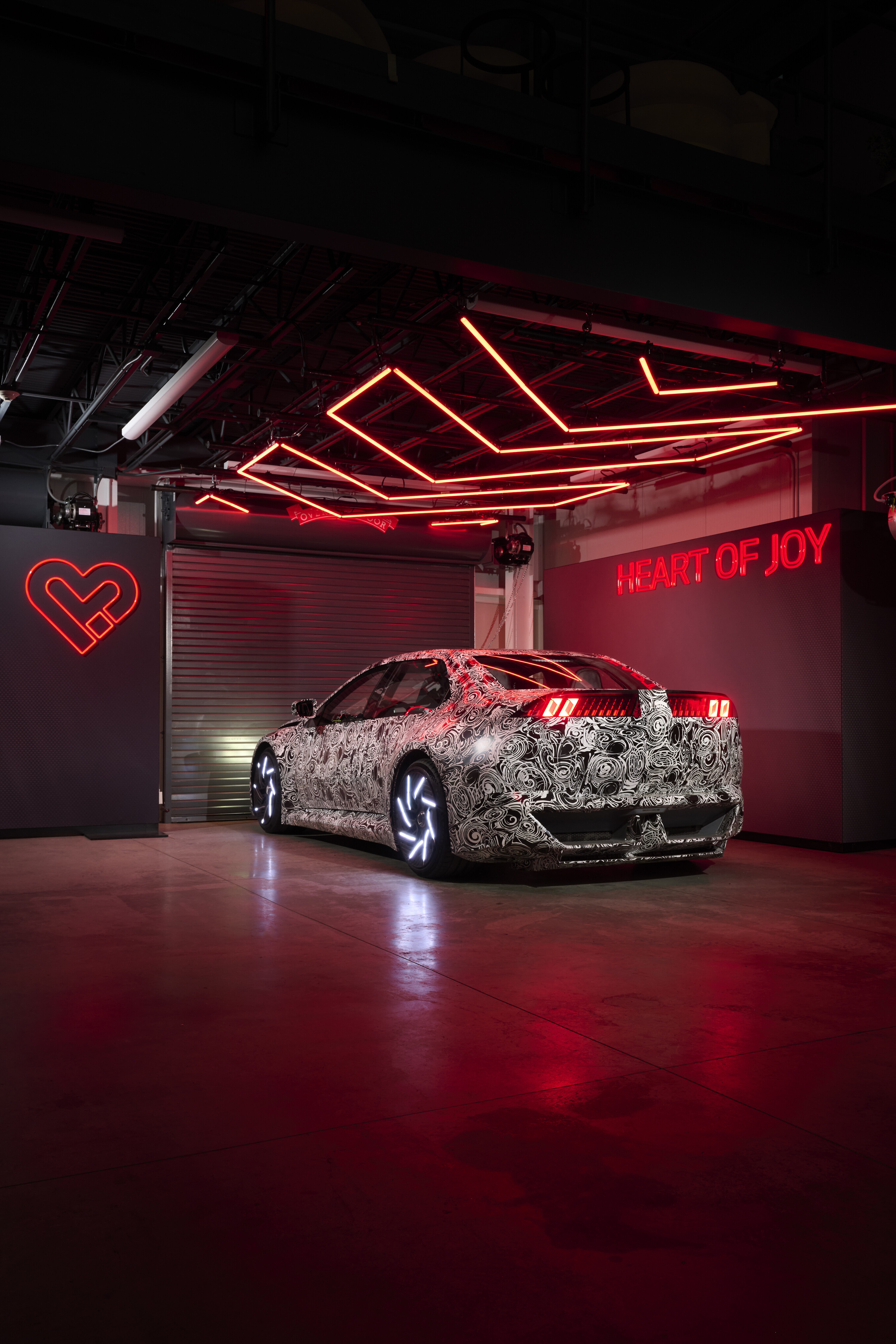
A new electronic suite has been developed for the Vision Driving Experience that BMW calls Heart of Joy that promises to deliver 10 times the processing power of current distributed ECUs. This takes integration of the drivetrain, steering, braking and energy recuperation to a level not yet seen in production EVs.
So powerful is the energy recuperation that BMW claimed in a media release that it “allows energy to be used more sustainably… 98 percent of drivers do not need to make any inputs using conventional brakes”. The company touts a 25 percent gain in energy efficiency as a result, which could well enable the next-gen M3 to utilise a smaller, lighter battery.
“The Heart of Joy enables us to take driving pleasure not just to the next level, but another one beyond that,” Frank Weber, a BMW board member, said in a statement.
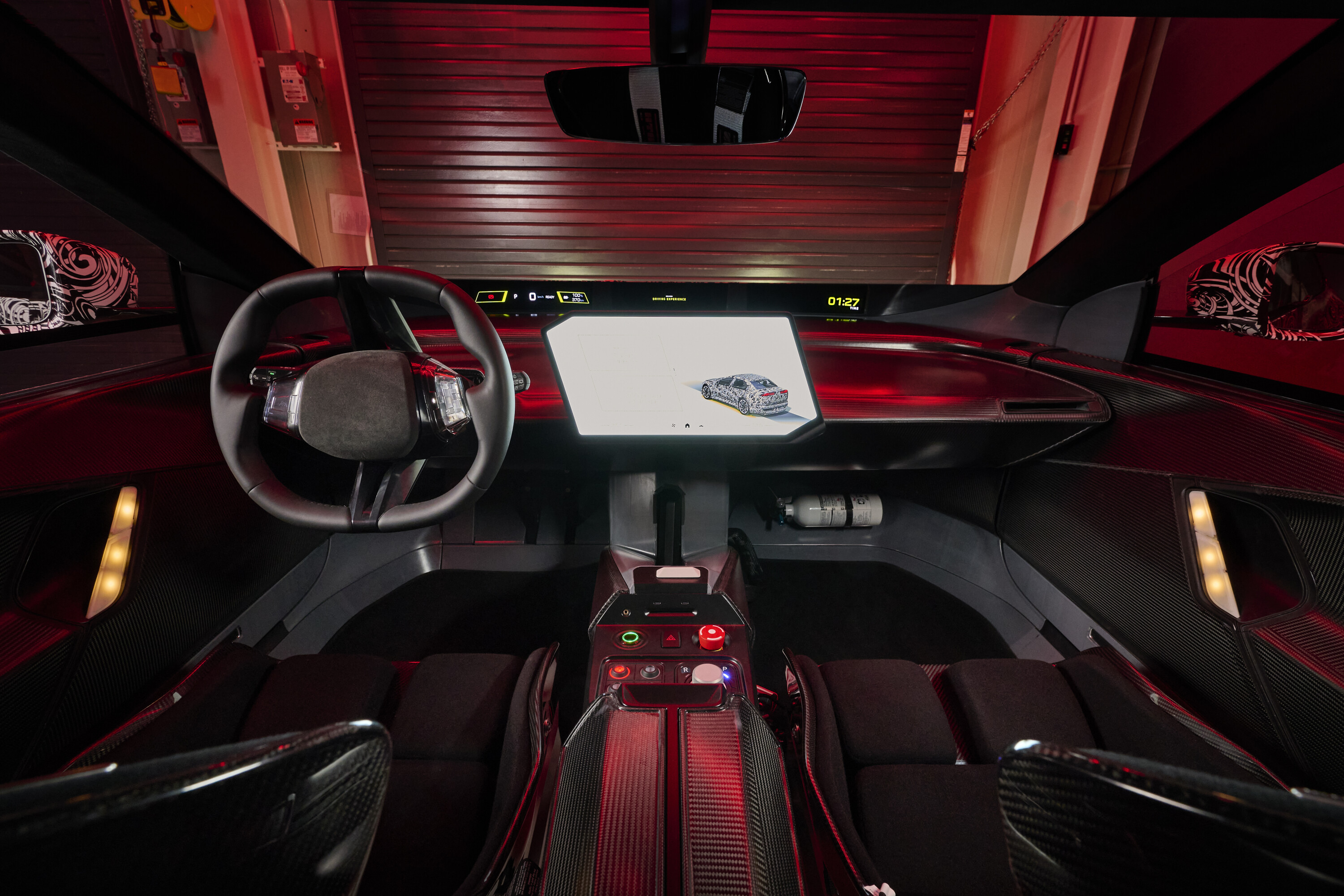
“In addition, we are further increasing efficiency, and therefore boosting range, as in future the driver will brake almost exclusively using energy regeneration. This is Efficient Dynamics squared.”
It’s not likely to be shy of torque. BMW has been testing the Vision Driving Experience at its M Performance Driving Centre in Spartanburg, South Carolina, where it has a track and factory, and claims a peak torque figure of a brain-bending 18,000Nm.
“If the control system can deal with an explosion of power of this magnitude,” BMW says, “it will be able to handle the demands of everyday driving with ease.”

BMW has already shown what the next M3 should look like. It takes the Neue Klasse body and pumps it up with wider fenders, more aggressive front and rear bumpers, and much bigger brake discs. Speaking to the UK’s Autocar, BMW M CEO Frank van Meel confirmed that the ICE version is very much integral to the company’s plans.
“We’re also working on the newest emission regulations on combustion engines. We’re planning to keep up our combustion cars as well,” he said. Asked if the gasoline and electric M3s will feature different badges, van Meel said, “Do we need to set them apart? An M3 is a promise, not an engine.”

A test car that BMW calls Nadine has been undergoing cold weather testing in Arjeplog, Sweden, and video from that test appears to show a Hyundai-style synthetic engine sound and possibly a paddle-shift fake gearchange too.
The sound overlays the mechanical bass tones of an ICE with the keening of an EV motor. It’s not actually that far off a supercharger whine, and the driver is seen reaching for a paddle before the video ends. It seems likely that this car is to be built around a version of the Heart of Joy electronic architecture as seen on the Vision Driving Experience.
One thing’s for sure. BMW is hugely bullish about what this car can do. That can only be good news for Aussie car enthusiasts whose patience may well be richly rewarded.
We recommend
-
 News
NewsNext BMW iX3 previewed: Vision Neue Klasse X concept
Following its Neue Klasse sedan preview in September, BMW has handed down a first look at how its next iX3 electric SUV will appear
-
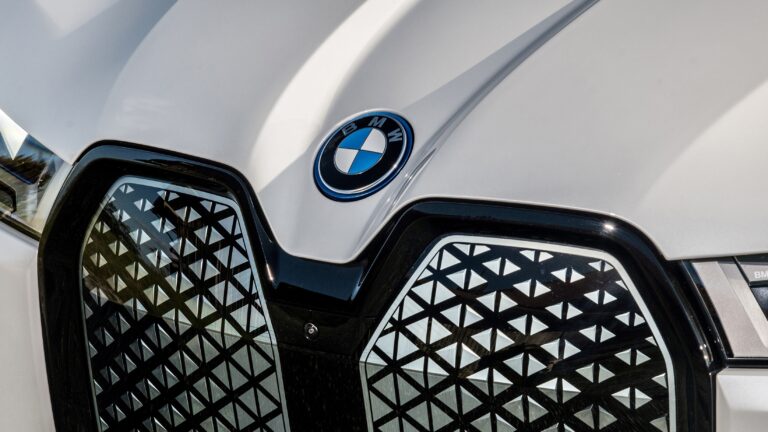 News
NewsBMW's 'New Class' EV platform will focus initially on 3 Series midsizers
The year 2025 is set to be a big one for BMW
-
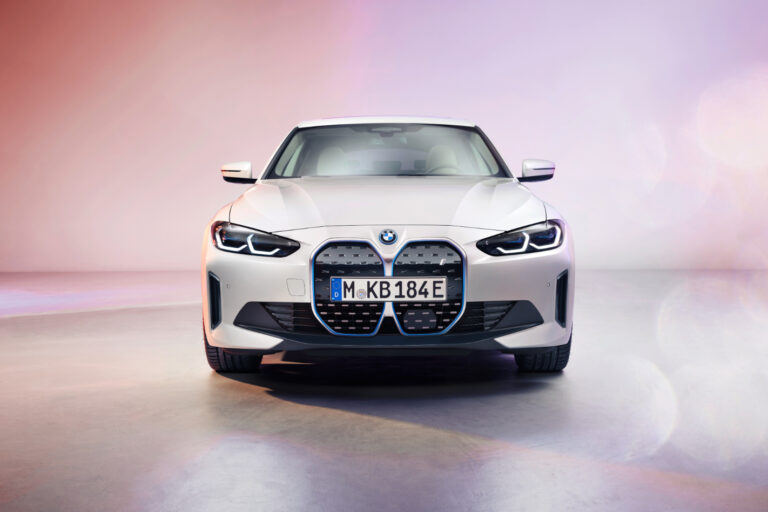 News
NewsBMW introduces “Neue Klasse” brand philosophy
New initiative will focus on IT software, electric drivetrains and sustainability


